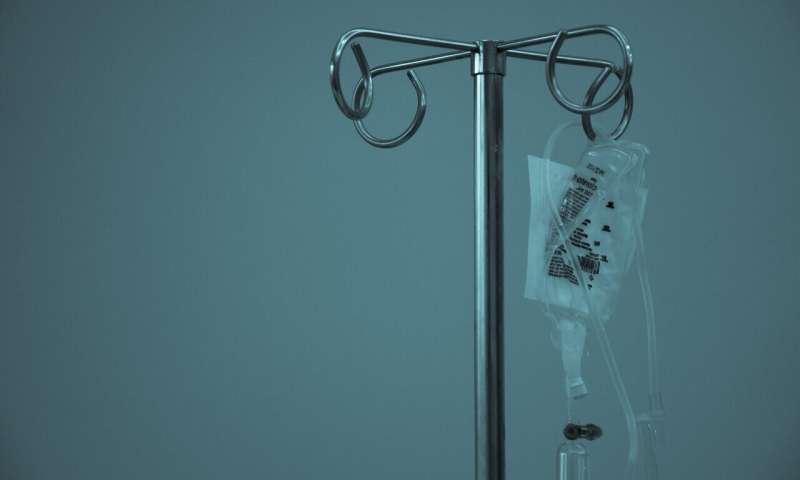
Researchers saw a fourfold decline in the rate of patients who needed to go back to the hospital after total hip or knee replacements if they were enrolled in a program that used wearable step counters and conversational text messaging to keep tabs on recovery. The study was published in JAMA Network Open today.
“There are great opportunities for health systems and clinicians to improve the quality and value of care for patients getting hip and knee joint replacement surgery, and some of the most important advances are focused on what happens when patients return home,” said the study’s lead author, Shivan Mehta, MD, associate chief innovation officer at Penn Medicine. “Technology, behavioral science insights, and care redesign can help to improve care at home and prevent patients from coming back to the hospital unnecessarily.”
Hip and knee replacements are significant orthopaedic procedures that can vary substantially when it comes to outcomes and the costs associated with them. While some patients are able to go home quickly and get better rapidly, others might have longer recoveries, with slower returns to independence and some complications. The researchers sought to evaluate whether a “hovering” program that kept tabs on patients’ recovery and activity through wearable activity trackers, text messages that detailed post-operative goals and milestones, pain score tracking, and ready connections with their clinicians could help patients get better at home.
From February 2018 until mid-April 2019, 242 patients were enrolled in the researchers’ clinical trial. The patients, who either had total hip or knee replacement surgery, were randomly placed into two, roughly equal groups: one receiving the typical standard of care at their hospitals, and the other enrolled in the hovering program called HomeConnect+, which was powered by a Penn-developed software platform called Way to Health. The intervention began before the surgery and patients were monitored for 45 days after it.
The researchers found that just 3 percent of those in HomeConnect+ needed to return to the hospital after their surgery, compared to 12 percent of those not in the program.
“Hospital readmission is a metric of low quality care and recovery and high cost for patients and health care providers,” said study co-author Eric Hume, MD, an associate clinical professor of Orthopaedic Surgery and the director of Quality and Safety in Orthopaedic Surgery at Penn Medicine. “Clinicians always respond to poor quality , of course, but accountable care organizations and those working under bundled payment agreements are very interested in value—the ratio of quality over cost. Work like this points to the benefit of technology as a way to support quality care.”
The researchers theorized that “hovering” over patients in an automated way led to a drop in readmissions. With this remote monitoring, clinicians can respond to issues that arise and can take action before there is a larger problem. For those without the ties to care teams that monitoring provides to care teams, some complications could develop without clinicians noticing until they became a more complex problem.
While the study showed significant reductions in hospital readmissions, the researchers also measured other outcomes, including the rate of discharge to home after surgery—instead of to a rehabilitation or nursing facility—and increased physical activity, which is important for recovery. In both of those measures, there was no boost among patients involved in the hovering program, even among a subgroup who participated in a “game” designed to nudge participants toward their step goals.
However, the researchers remain optimistic that if the program expands in duration, it could improve activity levels.
“It would be interesting to see what happens to activity levels in the months after the 45 days immediately post-discharge that we studied this time,” Mehta said.
Source: Read Full Article
